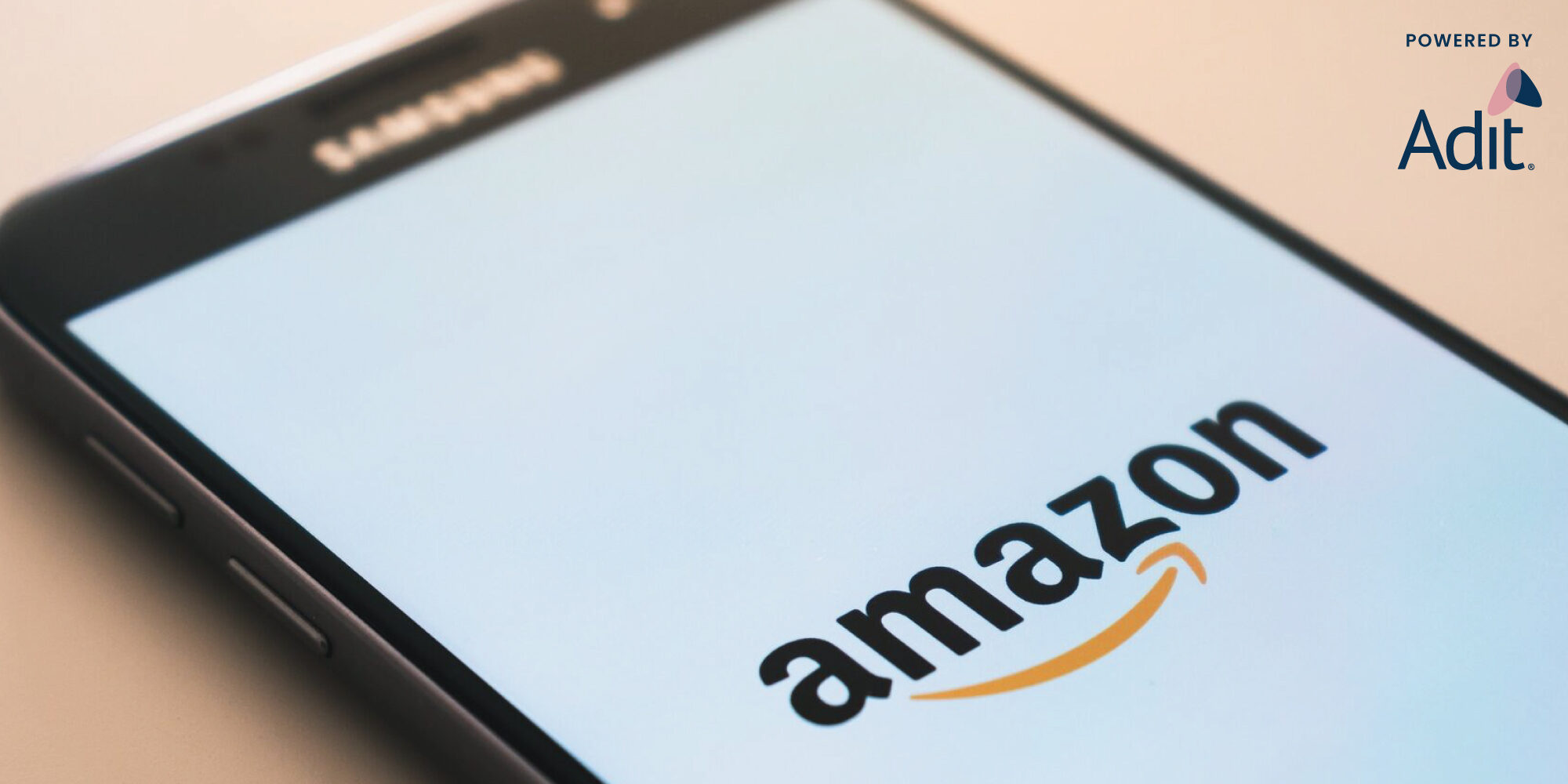
Amazon Enters The Black, Prestige Beauty Soars, And Beauty Companies Exit Bankruptcy: A Look At April 2023’s Big Retail News
Through persistent economic wobbliness, the beauty of the beauty industry has been its remarkable ability to remain pretty unaffected. Retail spending ebbed last month as consumers held onto their wallets due at least partially to interest rate hikes and bank failure-induced financial fears, but beauty shoppers decidedly didn’t stop beauty shopping. Prestige and mass beauty sales registered double-digit increases in the first quarter of this year. Although Amazon’s sales growth was slower than it has been historically, beauty represented a bright spot for the e-commerce behemoth that returned to profitability as it put a challenging 2022 that saw its top and bottom lines compromised behind it. Below, we delve into more recent retail news.
Retail Sales Dip Again
Consumer spending slowed in March by a seasonally adjusted 1%, according to the United States Census Bureau. March’s decline marked the second consecutive month of diminished sales after blockbuster gains in January. Retail sales calculated by the U.S. Census Bureau are unadjusted for inflation and capture spending at stores, e-tailers, restaurants, car dealerships and gas stations. Spending on transportation and travel, housing or utilities isn’t factored in.
Cars, furniture and appliances experienced the sharpest spending retreat. Sales at gas stations dove 3% as gas prices continue to fall from last summer’s peak of $4 per gallon. Meanwhile, online sales saw a healthy 1.9% bump for the month, and restaurants and bars registered a modest .1% jump.
There were other signs in March that the economy could be cooling down. The Federal Reserve reported that manufacturing output decreased .5% from the month prior and 1.1% from 2022. The number of new jobs added to the labor market decreased for the second straight month, and 236,000 new positions posted in March, down from around 300,000 in February. Over half a million jobs were added to the labor market in January alone. The unemployment rate fell to 3.5% from 3.6% in February.
Inflation maintained a downward trend in March, clocking in at 5% from February’s 6% rate. Consumer prices are decelerating as interest rate hikes curb spending. In March, the Federal Reserve enacted its ninth rate hike to push the federal funds rate from 4.75% to 5%.
Amazon Turns A Profit
On the heels of one of its weakest years for growth to date, Amazon is back in the black as it undertakes an aggressive cost-cutting strategy that’s shaved its headcount by 70,000-plus employees. The e-commerce giant’s stock lost half of its value in 2022 as the e-commerce boom that characterized the early pandemic moderated.
In the first quarter of this year, Amazon’s net sales spiked 9% to $127.4 billion. Covering Amazon for The New York Times, David Streitfeld wrote, “For much of its history, Amazon grew amazingly, unbelievably fast. Not so much anymore.” Still, in the first quarter, he offered, “The numbers looked pretty good to analysts who expected even less.”
Amazon’s profits gave analyst numbers to cheer. Compared to a $3.8 billion loss in the year-ago period, the e-tailer notched $3.2 billion in net income during the first quarter.
For the quarter, Amazon accomplished advances in its marketplace, subscription, advertising and cloud services. Marketplace services rose 18% to $29.8 billion; subscriptions grew 15% to $9.7 billion; advertising climbed 21% to $9.6 billion; and cloud services increased 16% to $21.4 billion. Online store sales were flat at $51.1 billion.
In an earnings conference call, Amazon CFO Brian Olsavsky said beauty and other consumables fueled spending during the first quarter as discretionary demand moderated elsewhere at Amazon and consumers traded down to lower priced items.
Net sales are forecast to grow between 5% and 10% to reach $127 billion to $133 billion in the second quarter. Operating income is forecast to land between $2 billion and $5.5 billion in the same quarter versus $3.3 billion in the like period last year.
Prestige Beauty Soars
Prestige beauty growth continued to outpace mass beauty growth in the first quarter of the year, according to Circana, the newly named market research firm encompassing The NPD Group and IRI. Prestige sales jumped 16% to $6.6 billion, while mass beauty sales increased 10% to $7 billion.
Building on last year’s dynamics, makeup retained its spot as the top gainer and accounted for roughly one-third of beauty sales during the quarter. The category lifted prestige and mass segments by 24% and 15%, respectively. Prestige lip color, in particular, had red-hot growth, with sales soaring 43%.
Skincare sales growth underperformed makeup’s sales growth in mass and prestige. Prestige face product sales were up 19%, powered by a rise in interest in clinical and doctor-led brands. Sales of mass skincare accelerated 13%.
Haircare’s performance varied by channel. It remained a key growth driver in prestige, increasing 11%. Mass haircare notched a small decline in units sold and grew 7% from the same year-ago period. Prestige fragrance saw a 15% boost during the quarter, while mass fragrance sales rose 13%
Prestige beauty’s growth has been primarily driven by an increase in unit sales. Mass has expanded as a result of escalating retail prices.
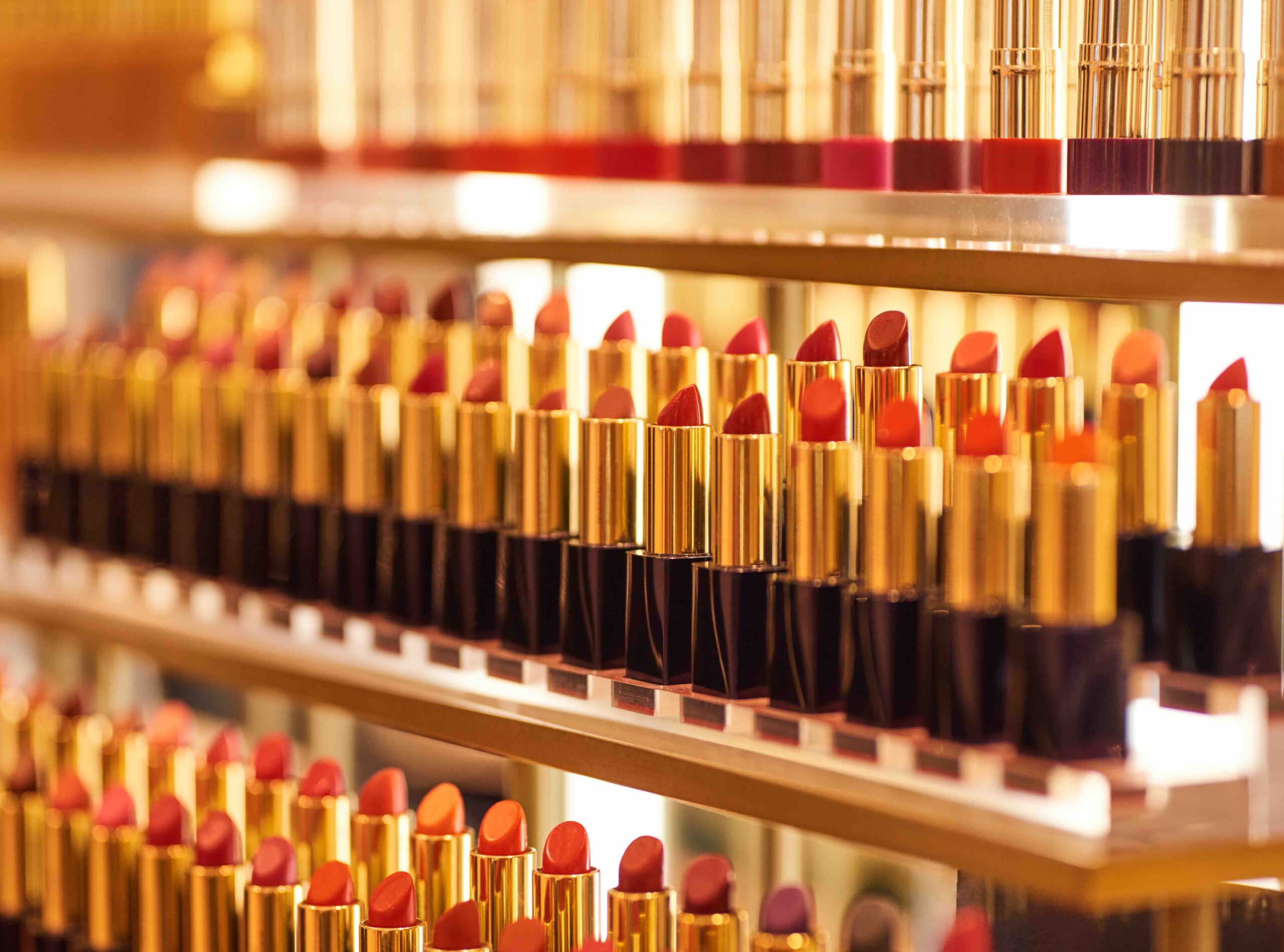
Revlon and Forma Brands To Exit Bankruptcy
After filing for Chapter 11 last summer, Revlon is set to reemerge from bankruptcy as a private company. Once buried under $3.7 billion of debt, Revlon’s approved restructuring plan eliminates more than half of that burden. The plan hands over ownership of the company to secured lenders, ousting majority shareholder Ronald Perelman. Perelman assumed control of the heritage beauty brand in a 1985 hostile takeover.
To chart a new course for its future, Revlon appointed a revamped board of directors that includes Martin Brok, former CEO of Sephora, as well as executives from Avon, Walgreens, Starbucks and eBay. Debra Perelman will stay on as president and CEO. To keep its day-to-day operations moving, the company has approximately $285 million of liquidity.
Similar to Revlon, Forma Brands has been acquired by lenders. Jefferies Finance and Cerberus Capital Management purchased Morphe’s parent company for $690 million. The multibrand company created in 2020 filed for bankruptcy in January after closing 18 standalone Morphe stores.
Once a beauty industry darling, Morphe was valued at $2.2 billion when General Atlantic acquired a 60% stake in it in 2019. At the time, it was said to be generating $500 million in net sales.
Additional News
E-Commerce Platform Daily Polished Puts A Different Spin On The Subscription Box Model [Beauty Independent]
Three Concepts To Watch In The Super-Hot Med-Spa And Facial Bar Segments [Beauty Independent]
After The Pandemic Shuttered It, Om Organics Apothecary Sets To Reopen [Beauty Independent]
Target Updates Sexual Wellness And Period Care Shelves With Emerging Brands [Beauty Independent]
QVC Parent Company Qurate Launches Gen Z Livestreaming App Sune [Beauty Independent]

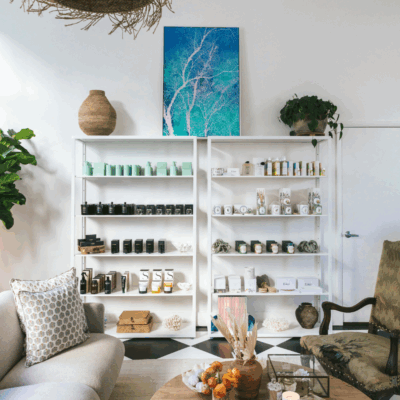
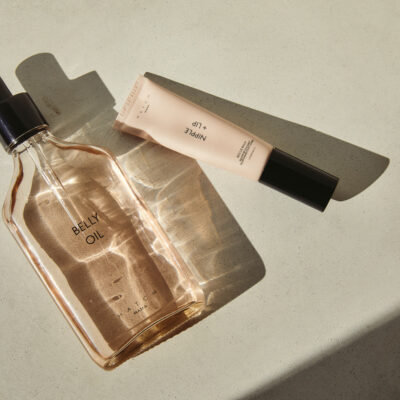

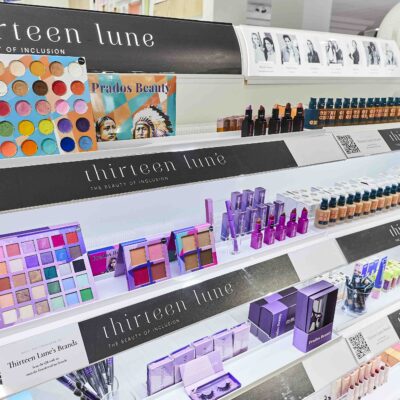
Leave a Reply
You must be logged in to post a comment.